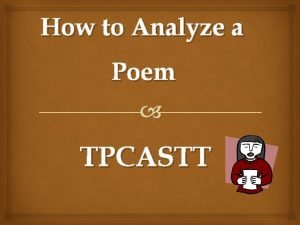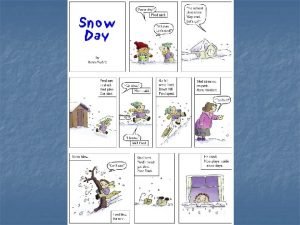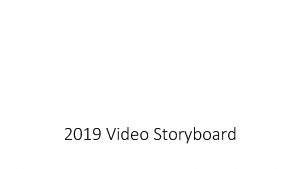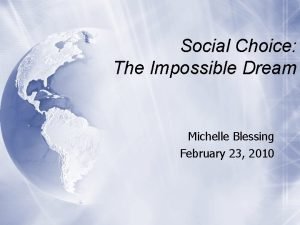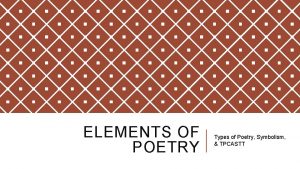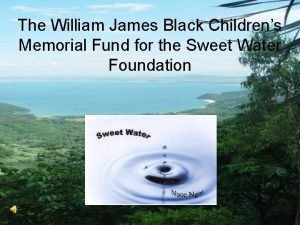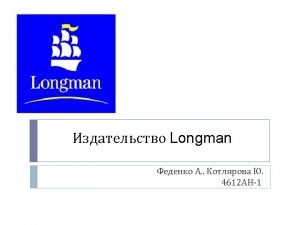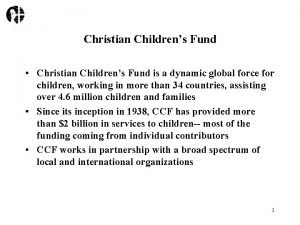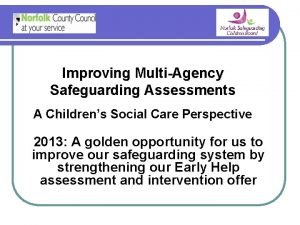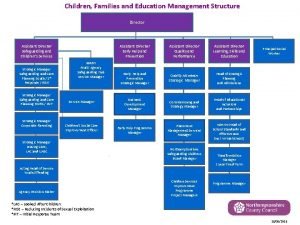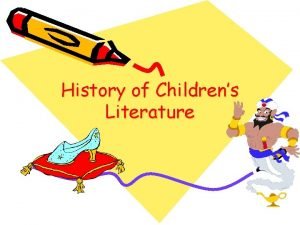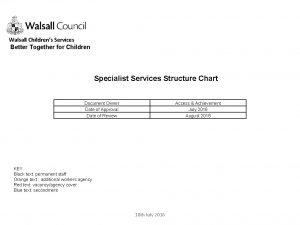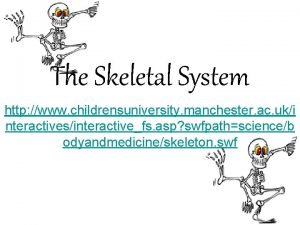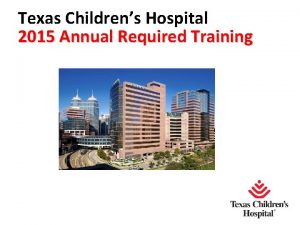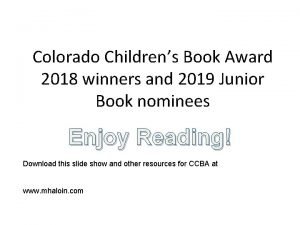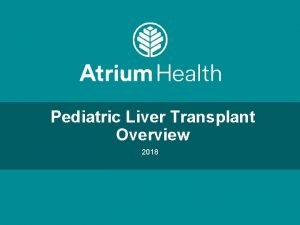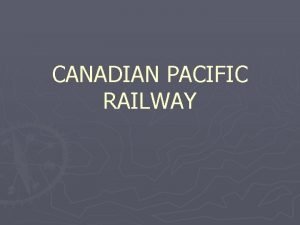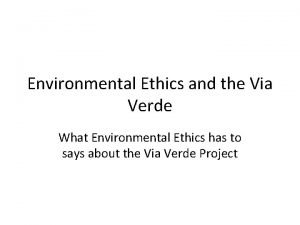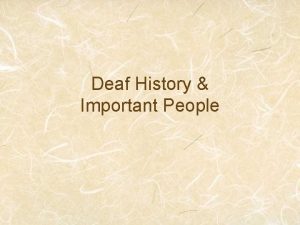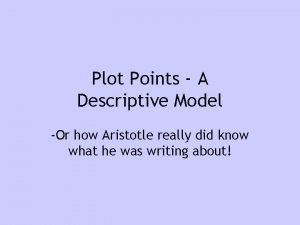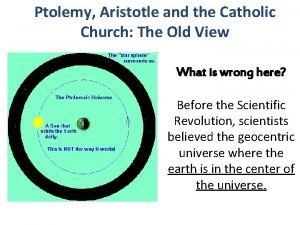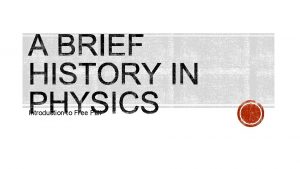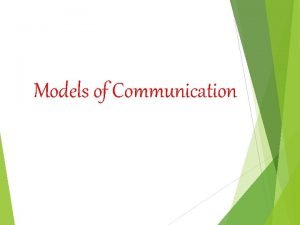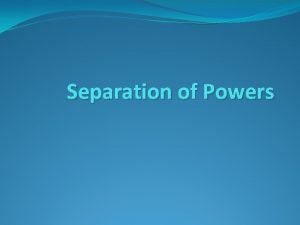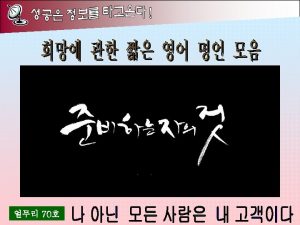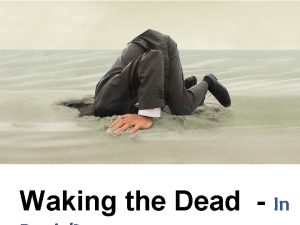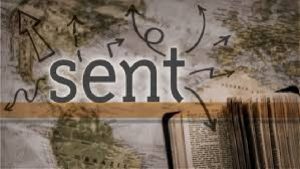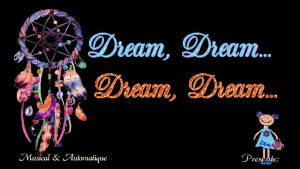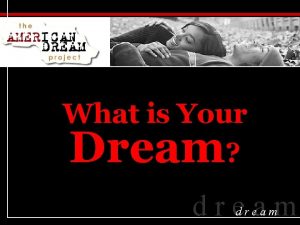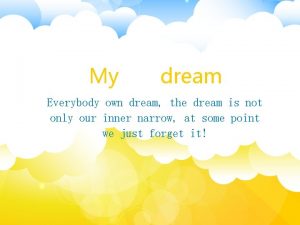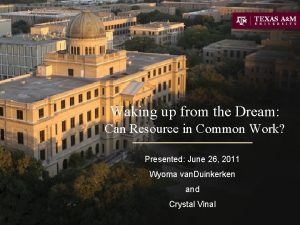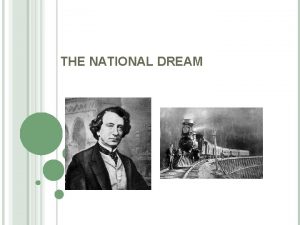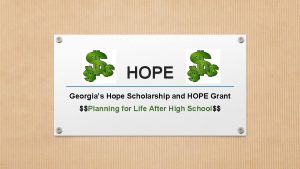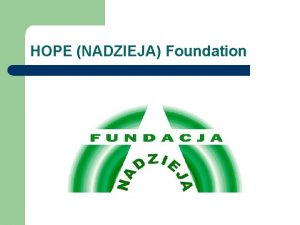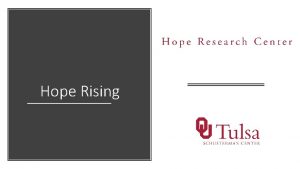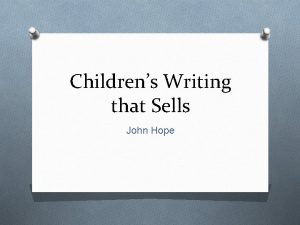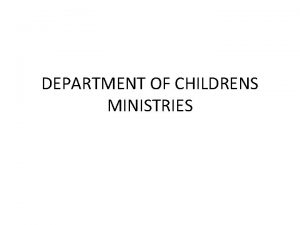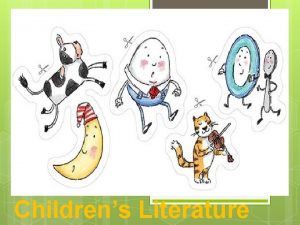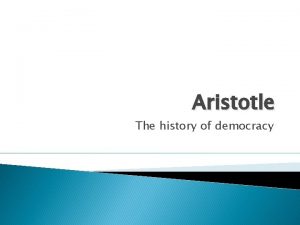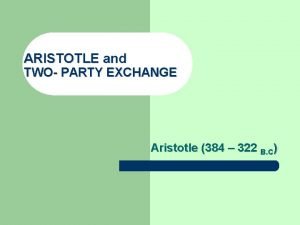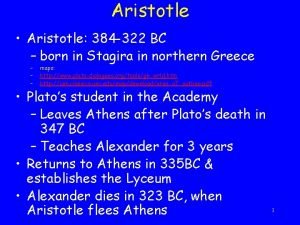Hope is a waking dream Aristotle NATIONAL CHILDRENS






























- Slides: 30

Hope is a waking dream. - Aristotle

NATIONAL CHILDREN’S SCIENCE CONGRESS - 2014 (NCSC) PROJECT REPORT

Project Report • Hand written in any scheduled language • Preferably on one side of A 4 size paper • Word limit : Lower age group – 2500 Upper age group – 3500 The structure project report of CSC is as follow 11/23/2020 3

Cover Page • Must incorporate – Ø Title of the project Ø Name and address of Group leader and co- workers Ø Name and address of guide 11/23/2020 4

22 nd NATIONAL CHILDREN’S SCIENCE CONGRESS ( NCSC – 2014 ) Theme : Understanding Weather & Climate Sub-theme : ______________________________ Title of the project : ___________________________ Name of the team leader : Master / Miss __________________ Address of the team leader : _________________________________________________________ District : ____________ State : ________________ Other team members; Master / Miss _____________________________________________ Name of the guide : Mr. /Mrs. /Ms ________________________ 11/23/2020 5

Form – A (Registration Form) • Which you had submitted to the District Coordinator at the time of Registration written clearly in English only. This form should be in a single page. You can use a photostat copy of the form also. Three copies to be submitted. 11/23/2020 6

Abstract • A shortened form of the project giving only the facts or arguments • In 250 words for lower age group and 300 words for upper age group • One copy in English • To cover all aspect of the work in simple language 11/23/2020 7

Content • Separate sections for the subject matter, figures, and tables included in your project report • List of figures would include titles given to chart (pie-chart), or graph, or photograph, or illustration or map in the project report • List of tables would include titles or headings of your observation, result or data analysis tables 11/23/2020 8

Content - Example Serial No. Topic Page. No. 01 Introduction 01 02 Aims and objectives 03 Serial No. Title of Figure / Chart / Photograph Page. No. 01 Graph showing variation in temperatures 09 02 Pie-chart showing distribution of land forms 11 Serial No. Title of Table Page. No. 01 Varieties of butterfly species observed 14 02 Electric power consumption in homes 16 11/23/2020 9

Introduction • Write the title of the project on the top. The title of the project, however, normally does not give much idea on the project, so you have to give an introduction to the project. The introduction is a general discussion on the topic and what you are planning to do. You may also write about the outline of the report. 11/23/2020 10

Aims & Objectives • When you start a work you shall surely expect some result out of it. In this chapter explain in short what you intend to get as the result or the outcome of your work. Note, it may vary from the final outcome. Try not to exceed one page for this chapter. 11/23/2020 11

Need Statement • Justify why you selected this project in 50 to 100 words. Also justify how your work is related to the main theme/sub-themes of the congress. 11/23/2020 12

Hypothesis • Here you need to explain what assumptions you had made. Remember to validate your assumptions while coming to the final conclusion. 11/23/2020 13

Work Plan • Write in short about the scheme of work to complete the project. You may represent it graphically through flow charts. Remember, your scheme may vary later. 11/23/2020 14

Methodology - Survey based, Experimental or both • It is the base of the project so proper design of the experiments or the questionnaire is very necessary. In this chapter you should write how you have done the project, when you did (month day etc. ) and how you have selected samples. 11/23/2020 15

• However this chapter should not contain the collected data or analysis of data. Maps, blank sample survey form(s), etc. should be given here. A low-cost project yet very effective is highly appreciated. • N. B. : Maintain Log Book showing the day to day activities which has to be submitted at the national level Children’s Science Congress also. 11/23/2020 16

• Experimentation is what you do with your own hands either in the laboratory or at home or in the field • Design of the experiments with proper controls, number of readings to be taken, set of conditions, parameters to be included should be discussed in simple language 11/23/2020 17

Observation • Here you need to present the data that you have collected. Collection of data either as responses, observations of experiments should be done meticulously. The data collected should be sufficient enough to be scientifically validated. 11/23/2020 18

Data Analysis & Interpretation • Data presented under the observation/results are analyzed, using principles of science • Here only analysis part is to be shown 11/23/2020 19

Result • Now it is time to interpret the data you had collected analysed. Present the results of the analysis. Relevant maps, figures such as graphs, tables may be used judiciously to represent results. They should be understandable to all and should be systematically represented. 11/23/2020 20

• Take care to make your presentation as simple as possible. Do not draw conclusions here. In fact, up to this chapter you are not supposed to give your own opinion or interpretation. This is very important as the data you got may mean one thing to you and something else to others 11/23/2020 21

Conclusions • Now it is time to draw conclusions. Include your suggestions that you think can solve the problem. You should not generalise your observations/conclusions or derive big conclusions as you are working in a small area with a small sample size. 11/23/2020 22

Solution to the Problem • Once you implement a permanent (more or less permanent) solution to the problem write down the steps of implementation and how you have solved it. Figures, photographs, maps, letters, articles published for sensitization may be given along it. 11/23/2020 23

Future Plan • Action plan for follow-up actions is always expected. The work that you have carried out needs to conveyed to the general masses. What type of action you have planned for it. 11/23/2020 24

Acknowledgement • Acknowledge the help and co-operation you got from various individuals and organisations. Remember that, you should record your thanks/gratefulness to all those who have helped you or encouraged you, it does not matter how small the help may be or how less important the person may be. However, this chapter preferably should not be more than a page. 11/23/2020 25

References • This is the last chapter of your project report. Here you should quote all study materials used (e. g. , books, articles, new paper, personal interviews etc. ) You should write references in a specific order. We shall stick to writing them in alphabetical order of the names. 11/23/2020 26

References - Examples • For Articles / Research papers : Bose S, Sahu K K, Bhatta D, Ind. J. Chem. 33 A, 230 -232 (1994) • For Books : Brown M E, Dollimore D, Galwey A K, Comprehensive Chemical Kinetics, Vol. 22, 337 -338, Elsevier, Amsterdam, 1980 11/23/2020 27

Appendix • All the letters and / or certificates issued by the concerned authorities are to be attached at the end of the report • Each such document should bear a number, viz. , Appendix - 1, Appendix - 2, and so on 11/23/2020 28

The written report can be substantiated by including limited number of photographs, sketches, illustrations and / or drawings, etc. Plagiarism would lead to disqualification 11/23/2020 29

K V S - 51 Years of Empowering India Through Education Dr. S. Bose, Asst. Commissioner, KVS, Guwahati
 National sovereignty and childrens day
National sovereignty and childrens day Janet waking poem analysis
Janet waking poem analysis Falling asleep in class
Falling asleep in class Daughter pov
Daughter pov To dream the impossible dream poem
To dream the impossible dream poem Types of poetry
Types of poetry Black childrens memorial
Black childrens memorial Longman children's picture dictionary
Longman children's picture dictionary Childrens christian fund
Childrens christian fund Kirklees safeguarding childrens board
Kirklees safeguarding childrens board Lowgrade fever
Lowgrade fever Childrens services
Childrens services World book day quiz
World book day quiz History of childrens literature
History of childrens literature Childrens services walsall
Childrens services walsall Skeletal system
Skeletal system Moli texas childrens
Moli texas childrens Colorado childrens book award
Colorado childrens book award Levine childrens
Levine childrens The national dream
The national dream National unification and the national state
National unification and the national state Aristotle soul
Aristotle soul Virtue ethics aristotle
Virtue ethics aristotle St augustine deaf history
St augustine deaf history Plot point model
Plot point model Aristotle catholic church
Aristotle catholic church Impetus aristotle
Impetus aristotle Macbeth
Macbeth Linear communication model example
Linear communication model example Theory of separation of powers
Theory of separation of powers 384 bce
384 bce

